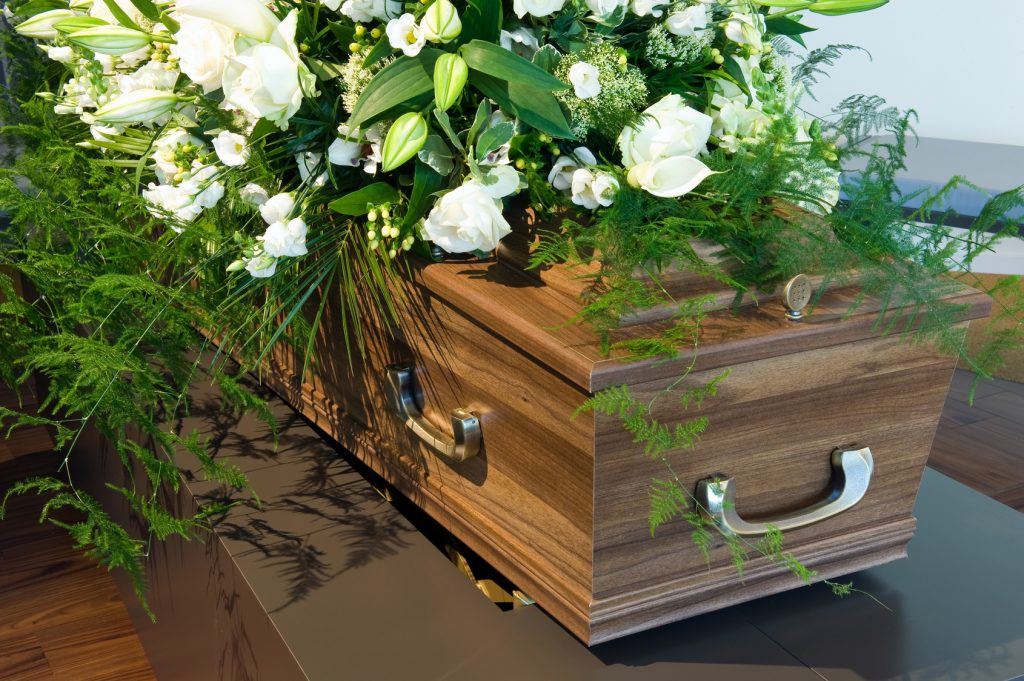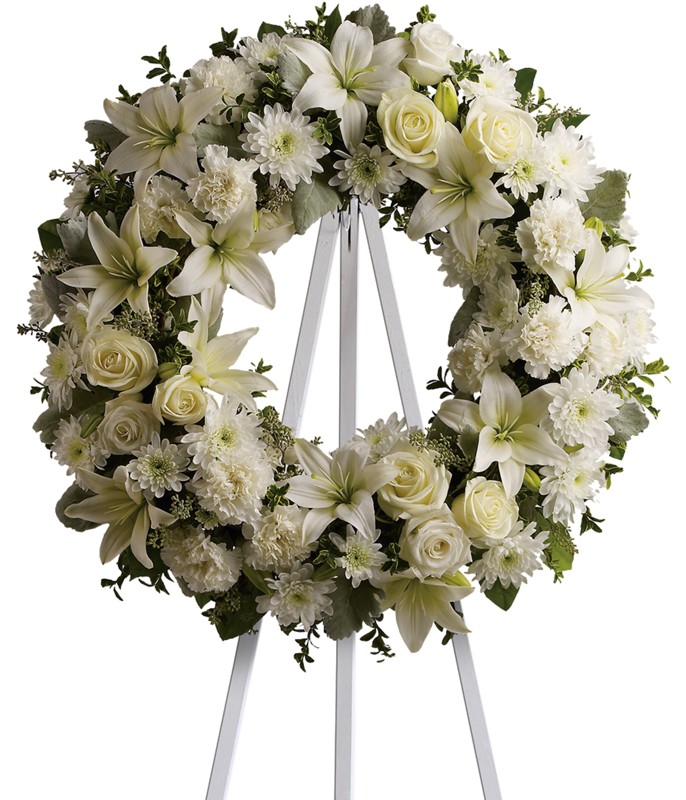Different Types of Funeral Flower Arrangements and Their Significance
admin, · Categories: Funeral Flowers · Tags: bereavement, cross, funeral flowers, grief, sympathy, wreathFuneral flowers are a traditional way of expressing condolences to a grieving family. Although arrangements vary depending on personal preferences or cultural beliefs, flowers can provide comfort to those left behind by the deceased. Whether it’s wreaths, casket sprays, crosses, or sympathy flowers, they all serve a common purpose – to pay tribute to the dead and offer solace to the bereaved. In this blog post, we will explore the different types of funeral flower arrangements, their significance, and what message they convey.
Casket Sprays: Casket sprays are flowers arranged on top of the casket and come in various forms. They can be single or mixed flower arrangements, with colours depending on the preference of the bereaved. Casket sprays often contain a mix of flowers, from roses to chrysanthemums, and could include different kinds of greenery. They’re usually placed to cover the entire casket and symbolize the respect and admiration that people have for the person who passed away.
Wreaths: Wreaths are circular arrangements, usually made up of seasonal blooms and greenery. They are an ideal tribute to a loved one, represent eternal life, and usually come with a ribbon with the name of the departed on it. Wreaths are also symbolic of how mourning is cyclical and that we all eventually become part of the circle of life.
Cross: For those with religious beliefs, a flower cross is a fantastic way of memorializing their loved one. Crosses are usually made of white blooms, fashioned in the shape of a cross, and emanate a peaceful feeling. These floral arrangements indicate that the deceased is now at rest with God, and symbolizes their faith and hope in eternal life.
Sympathy Bouquet And Arrangement: Sympathy bouquets and arrangements are usually small ornamental flower arrangements and are often delivered to the family home. They vary depending on personal preference and could include any type of flower. They convey a message of comfort and serve as a gesture of solidarity in times of grief, letting the bereaved family know that they are not alone.
Condolences Basket: A condolences basket contains a mix of flowers and is often sent to the funeral home or house of the mourning family. These baskets symbolize the love and support given by those who couldn’t attend the funeral. They usually include white flowers, such as lilies or roses, and come with a personalized card of deepest sympathies.
Sending flowers to a funeral or memorial service is a standard practice, and the different types of arrangements provide countless ways to express your condolences. From casket sprays to sympathy baskets, each flower arrangement has its significance, and choosing the right one can make all the difference. If you’re looking to pay tribute to a loved one, it’s important to understand the meaning behind each flower type and arrangement. By choosing the right one, you can send a heartfelt message of love and support to the family during this difficult time.
No Comments on Different Types of Funeral Flower Arrangements and Their Significance



